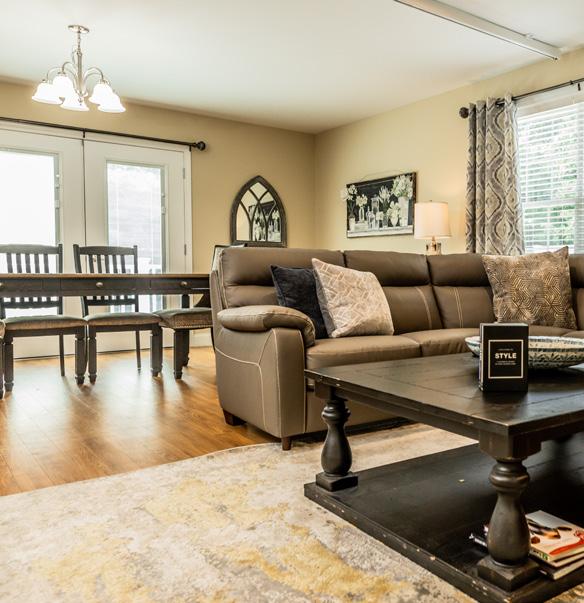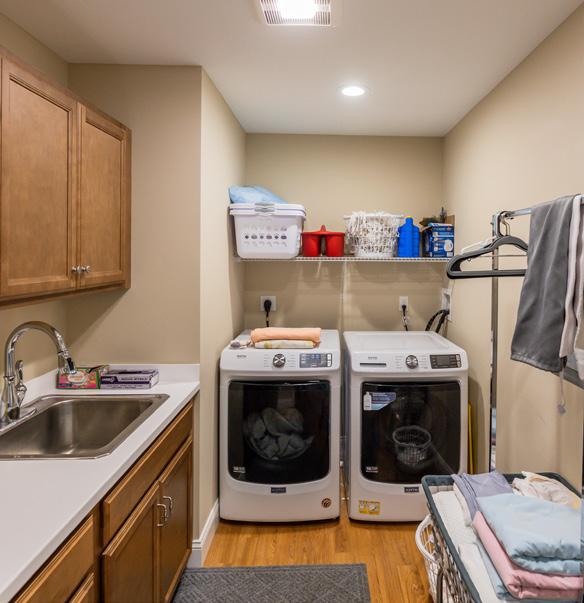
8 minute read
Plumtree Photo Essay
Photos by TimeFrozen Photography
A lot can change over the course of 40 years. Time has a way of impacting everything and everyone differently. In the case of wine, time makes it even finer. For a home, it can take its toll. And for an individual, time can result in progress on a journey toward something meaningful.
This story is about the latter two of those three examples.
It starts in the 1970’s with two purposefully-built community residences situated on a sprawling lot in Springfield, Massachusetts. And it documents a hard-fought, multi-decade endeavor by a dedicated team to transform those homes into something even better — something that the people who reside in the homes and those that care for them truly deserve.

Newly constructed home
TimeFrozen Photography
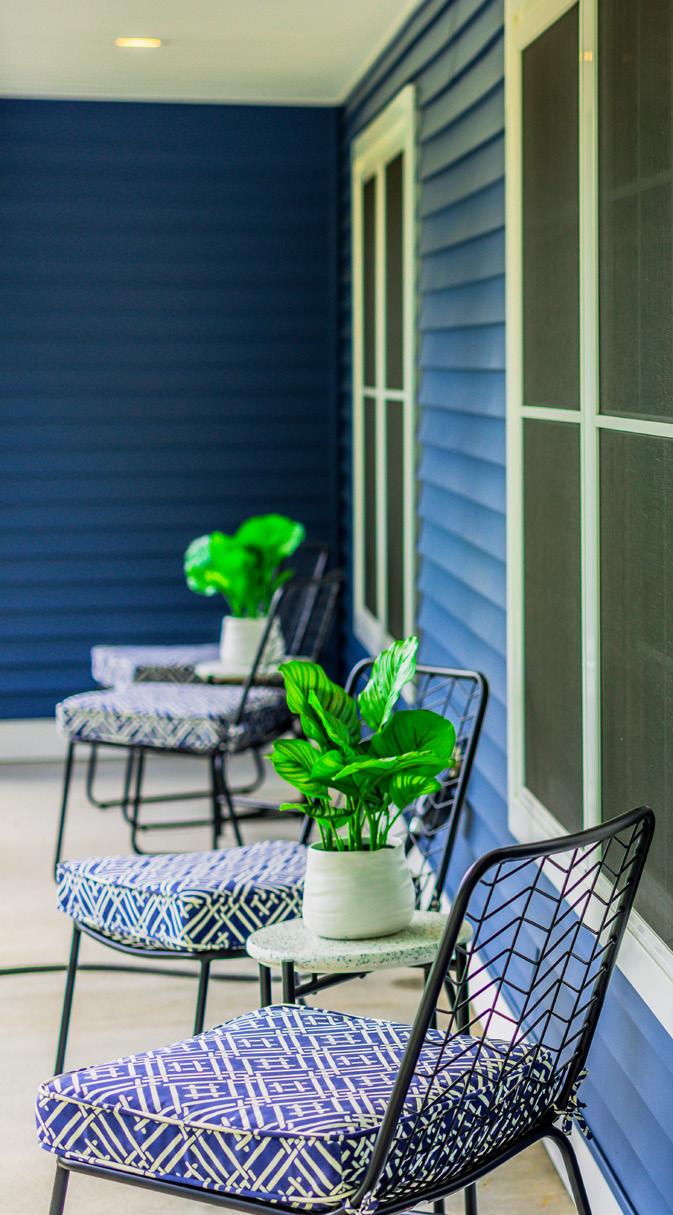
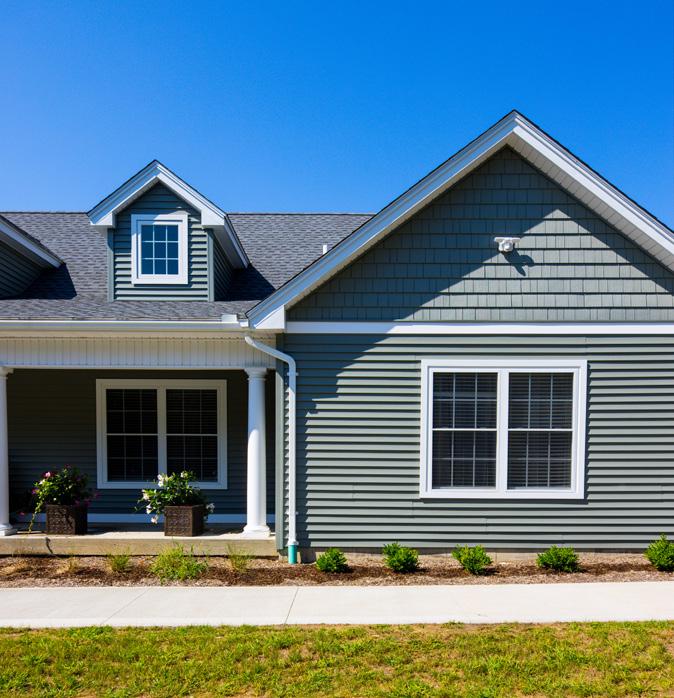
A Goal Worth Fighting For
Over 40 years ago, a large multi-acreage land lot in Springfield was donated to the Commonwealth of Massachusetts distinctly for the purpose of providing residences for individuals with complex developmental disabilities, offering an invaluable alternative to an institutional care facility. The two state-owned buildings each had four bedrooms, accommodating sixteen total residents, ranging from teenagers to adults, with professional staff providing 24-hour care.
But it wasn’t until about 1985 that Barbara Pilarcik, former Executive Director of Pathlight, first got involved at the homes and began to witness what she describes as the facilities’ gradual decline. “At the time I arrived, the buildings were still in decent shape, but they were horribly managed. The staff struggled on a daily basis, and it became less safe for them; there was a lot of money being wasted.
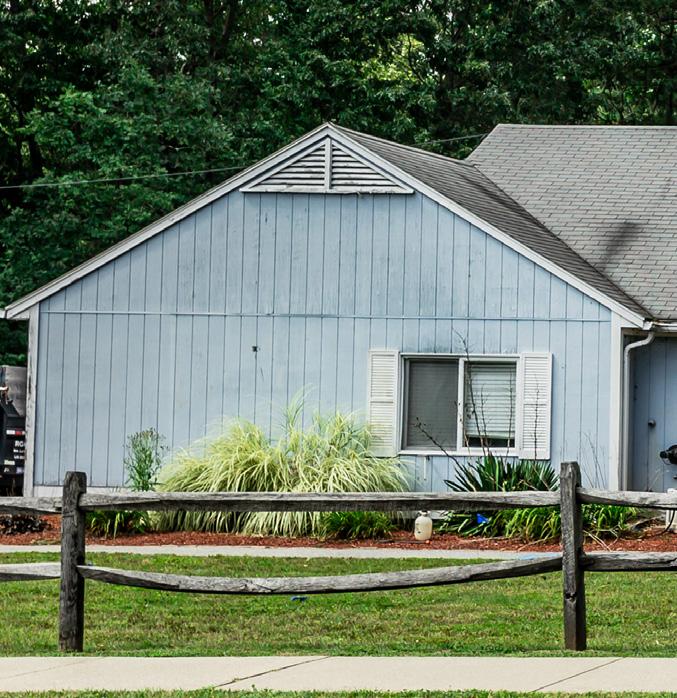
Before
we were able to turn the programs around from nearly being stripped of our certifications to having five straight years without deficiencies. But eventually, the condition of homes themselves became the bigger problem. There was no storage for necessary equipment, constant wall and carpet damage from wheelchairs and horribly outdated bathrooms. Plus, the 8-bed home model was simply not attractive anymore. It was a constant battle for funding to make dire improvements, and something needed to be done. ”
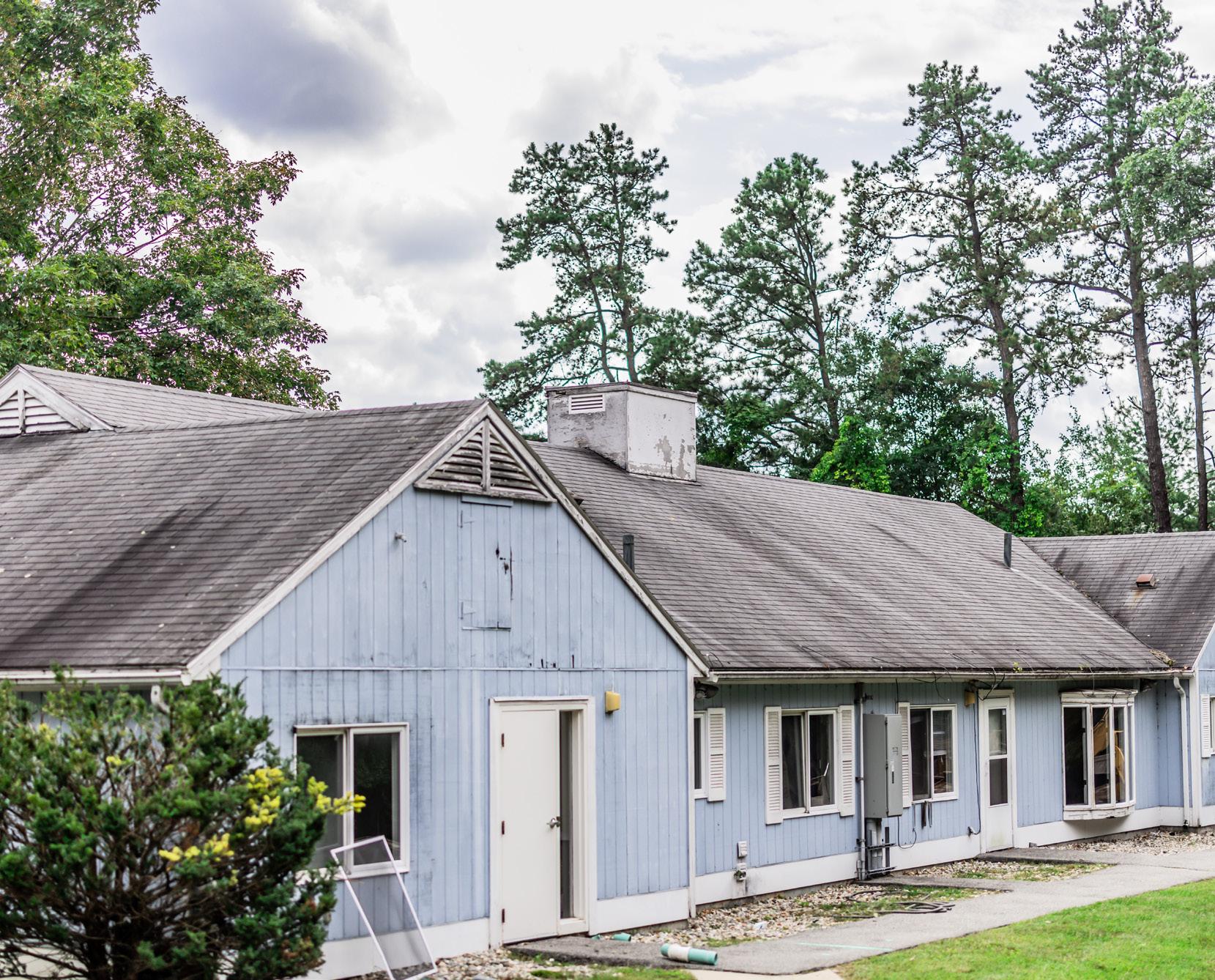
The long path to a brighter future
Barbara was determined to restore the quality and integrity of the site, but realized that upgrades and renovations alone weren’t going to do the trick. She set her sights even higher: the construction of new homes.
“We knew what the level of quality should be because we were already building to that standard with CIL on other sites for Pathlight,” Barbara explained. “But the existing homes were located in a great part of Springfield, where all the staff lived and the residents have convenient access to their doctors, so we knew staying here was the best option, and we were going to fight for that.”
The new game plan involved building three new 5-bedroom homes for the current residents and relocating much of the existing staff before tearing down the two existing 8-bedroom homes. But before any of that could happen, the biggest hurdle to overcome was purchasing the additional land necessary for expansion from the state — for the bargain price of just one dollar.
- Sidy, Pathlight Program Director
With a number of various stakeholders involved, that particular hurdle resembled more of an obstacle course, involving numerous land court appearances, phone calls, and legal approvals to purchase the eleven acres surrounding the parcel from the state and approve project funding.
“Since the land was originally donated specifically with the intent of providing homes for individuals with developmental disabilities, we had some moral ground to stand on,’’ Barbara explained. “But in order to buy the land for next to nothing, the process involved hiring an attorney, writing up a bill, meeting with reps at the local and state levels, and testifying on its behalf.”
Even once the bill passed, there was another year of legal processes to transfer the ownership of the land before we could even begin construction. Over the span of eight painstaking years, the deed to the land and the funding needed to start construction was officially theirs.
Getting By with a Little Help From Their Friends
Despite the journey being anything but easy, CIL was there almost every step of the way, helping ensure all the moving parts involved never skipped a beat. With an understanding of the state funders and the various constraints the Pathlight team was under, the value CIL brought to the project was realized well before breaking ground.
“We were so impressed with how they take initiative to meet with our state funders and receive education on the steps involved,” Ruth Banta, Executive Director of Pathlight Group, explained. “It’s very easy for us to tell when consulting partners truly understand our mission or if it’s just another transaction for them, and for CIL, this is part of their mission too, so they went above and beyond for us. When your missions align like ours do, we put all the focus on getting this done for the individuals that we serve.”

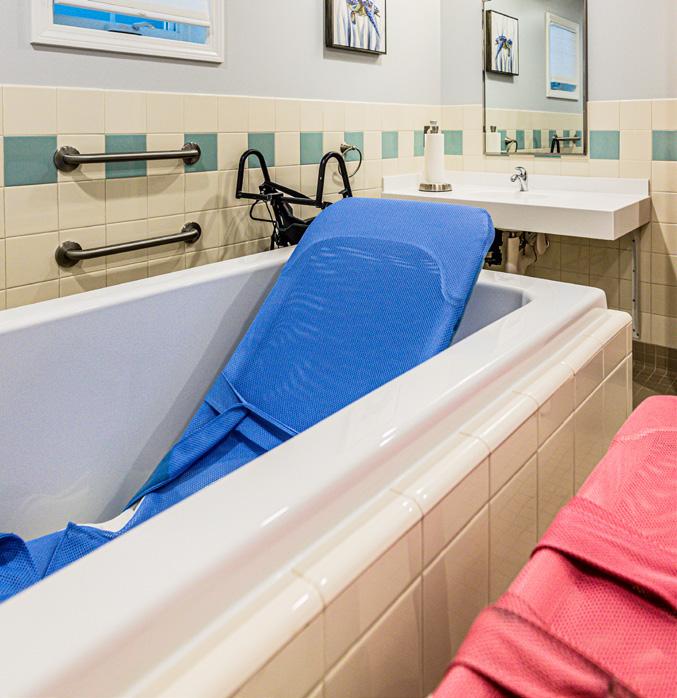
Then construction began. And the team uncovered yet another set of challenges due to unique lot configurations. “We ran into a solid ledge at one home site, so we had to redesign the basement,” Melissa McGeown, Real Estate Developer at CIL, explained. “And the second home actually had to be rotated in order to add a door that faced the street to meet the requirements of the Borough. It was kind of like a game of Tetris - we had to be very adaptable to site conditions in the context of City of Springfield requirements.”
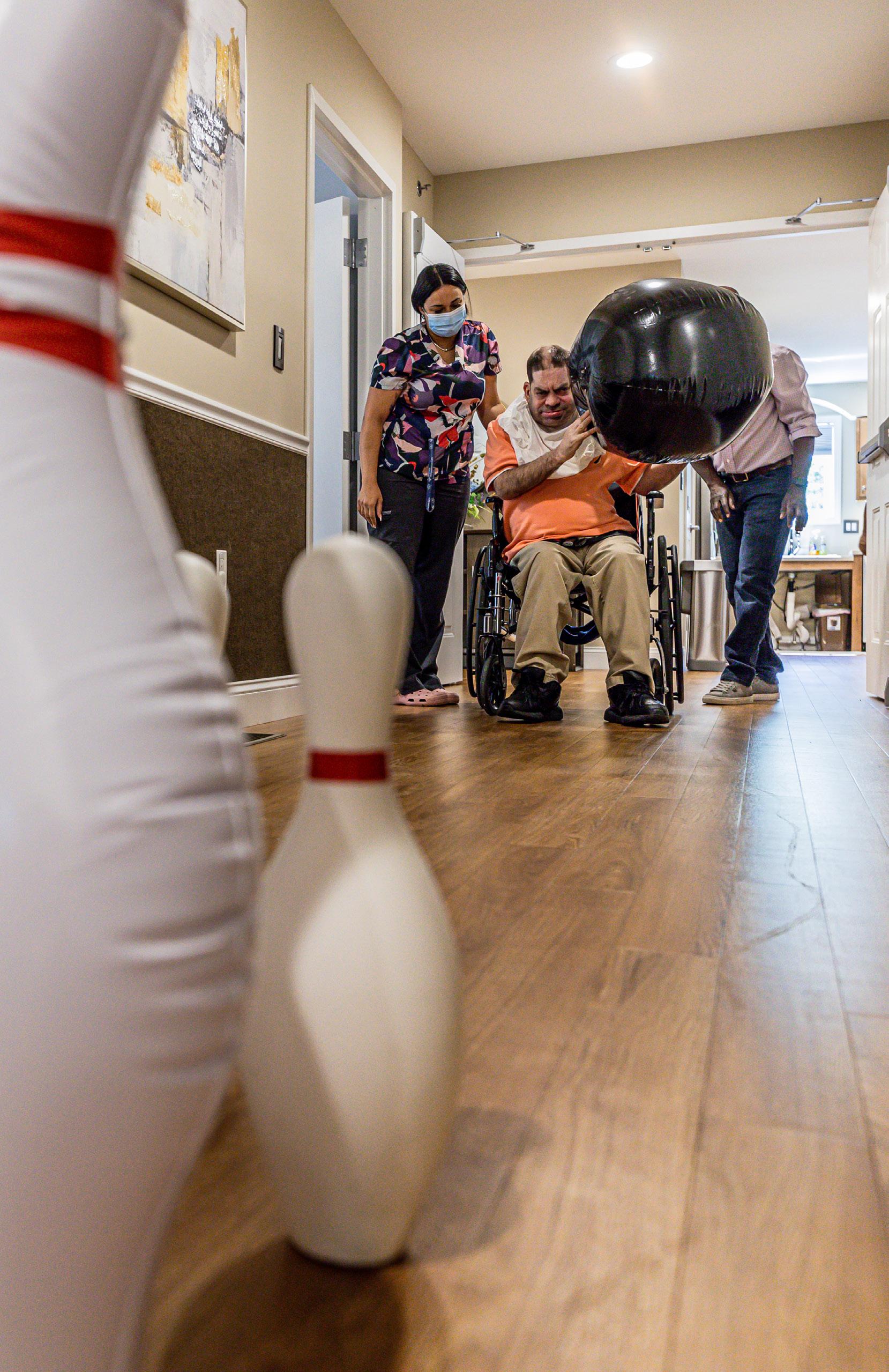
“When everyone is on the same page, everything runs more smoothly,” Melissa added, “and the strength of our relationships made that possible.”
Along with contractor, Ray Goulet, and architect, Maier Design Group, CIL had to be extremely adaptable in reconfiguring various design and construction components and keeping the project on schedule. But the excellent team chemistry among all partners helped avoid unexpected changes that would only further delay the residents’ ability to enjoy their new homes.
By September 2021, construction of the three homes were completed. Each resident enjoys having his or her own room, decorated to reflect personal tastes. And the common spaces are perfect for hosting arts and crafts, movie nights, and soon activities to celebrate the upcoming holiday season.
With a deep understanding of the challenges that residents with developmental disabilities face in their everyday tasks, the CIL team could translate this wherewithal into furnishings and finishes that would not only better withstand daily wear and tear, but also improve the quality of life for the current residents.
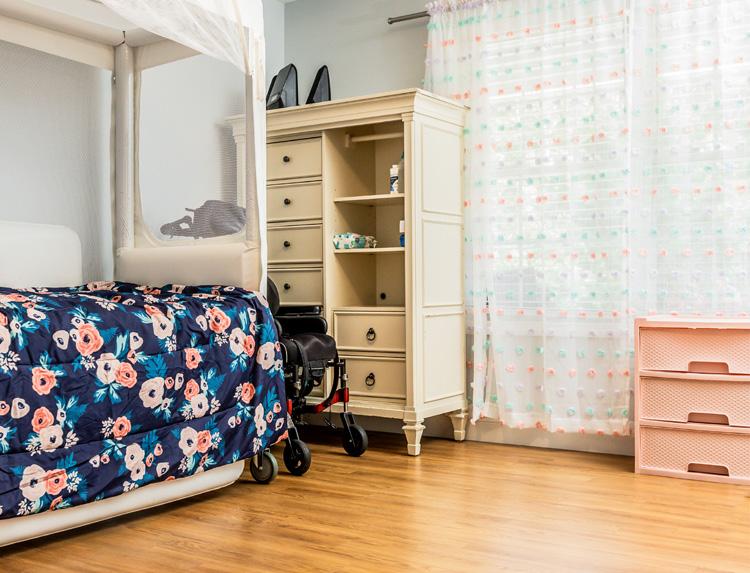


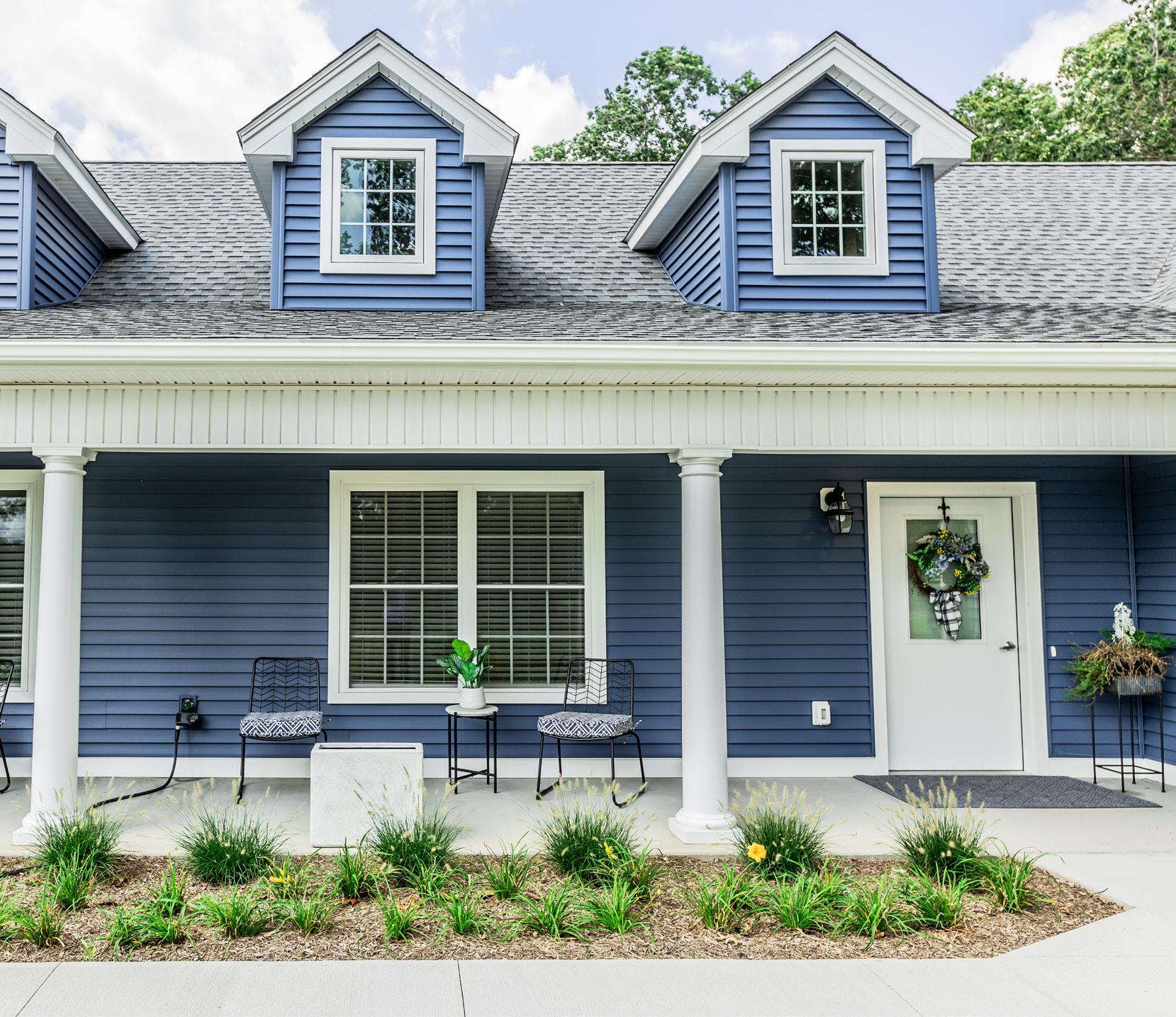
- Ingrid, Direct Support Professional in Plumtree homes
“The combination of CIL’s functionality awareness and their willingness to work with us on certain needs made all the difference along the way,” Barbara added. “For example, what may be a typical medication closet in a traditional home, we needed to essentially be an entire room for storage. Or the fact that we had to accommodate a lot more parking than a private home, and they knew where the lot should be to maintain the curb appeal. CIL knew how to make custom adjustments that worked for our residents and to choose the materials and surfaces that could endure the type of wear these homes face.”
Certainly one of the most rewarding parts throughout construction was knowing residents were able to watch the construction of their dream homes happen right from their windows. “A lot of the residents came into these homes as teens in the 70’s,” Barbara added. “It has really been a long time coming for them, and they were so excited. Once we started moving everyone in, there was a bit of a transition period for the residents who had been living together for over 20 years. They were set in their ways and had to relearn some of their usual routines, but they all adjusted so well, and their families are thrilled. These homes are truly built for their loved ones, and they absolutely deserve this.”


